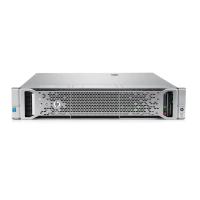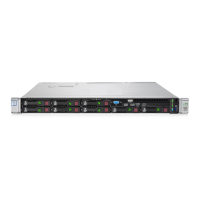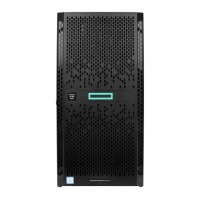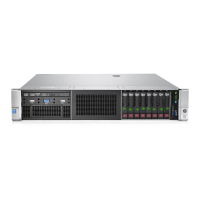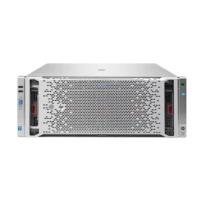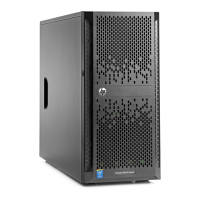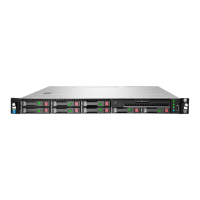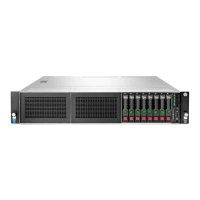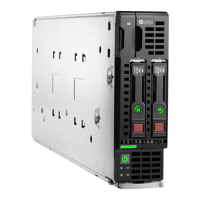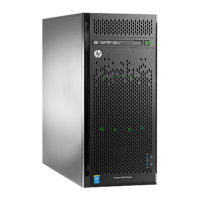3. Select the check box to enable IPMI/DCMI, or clear the box to disable it. Click Apply.
Editing iLO Management Settings
Management–SNMP Settings
NOTE: Read Community supports the following formats: A community string (for example, public).
A community string followed by an IP address or fully qualified domain name (for example, public
192.168.0.1). Use this option to specify that SNMP access will be allowed from the specified IP
address or fully qualified domain name. For iLO 4 1.10 or later, you can enter an IPv4 address
or a fully qualified domain name.
• System Location (Agentless Management only)—A string of up to 49 characters that specifies
the physical location of the server.
• System Contact (Agentless Management only)—A string of up to 49 characters that specifies
the system administrator or server owner. The string can include a name, email address, or
phone number.
• System Role (Agentless Management only)—A string of up to 64 characters that describes the
server role or function.
• System Role Detail (Agentless Management only)—A string of up to 512 characters that
describes specific tasks that the server might perform.
• Read Community (Agentless Management only)—The configured SNMP read-only community
string.
• Trap Community—The configured SNMP trap community string.
• SNMP Alert Destination(s)—The IP addresses or fully qualified domain names of up to three
remote management systems that will receive SNMP alerts from iLO.
• SNMP Port—The port used for SNMP communications. This value is read-only, but can be
modified on the Access Settings→ Service page. Navigate to the Access Settings→ Service
page in the iLO Management utility to edit the SNMP port. For more information, see “Editing
iLO Access Settings” (page 50).
Various iLO management settings can be edited from the three tabs on the Management window:
SNMP Settings, SNMP Alerts and Insight Management Integration.
Using iLO Configuration Utility 55
